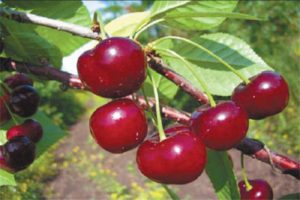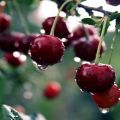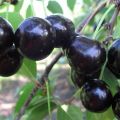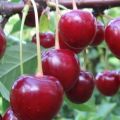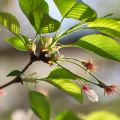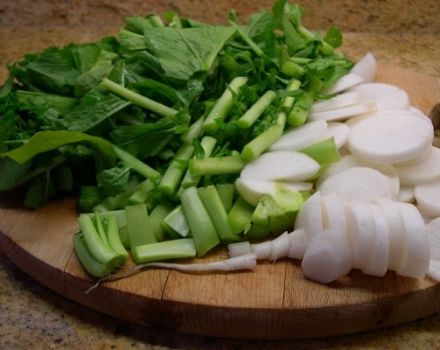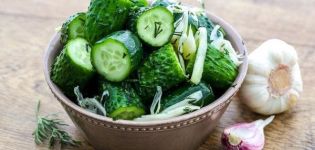Advantages and disadvantages of Oktava cherry, variety description and history of origin
The dream of many gardeners is to have tasty and fruitful cherries with high quality fruits in the garden, resistant to frost and disease, and consistently bearing fruit every season. These are the qualities of the Oktava cherry variety. This variety differs from others in early flowering and ripening of fruits, a bountiful harvest and excellent taste.
Origin story
Octave was bred in 1986 by Bryansk agricultural scientists by selective crossing. Breeders developed markers of various varieties and developed new ones, which are further analyzed according to the required parameters. The selection process continued until the desired result was achieved, until the Octave was obtained - a cherry satisfying the specified properties.
Description of the variety
The trees of this variety are medium-sized and have a compact, rounded crown with small, slightly pointed leaves with a matte surface.
The Oktava cherry begins to bear fruit four years after planting, forming inflorescences of five to six flowers, which, with proper care, turn into fragrant and juicy fruits.
The description of the variety is as follows:
- pollination - partially self-fertile;
- ripening - early;
- yield - forty kilograms from one tree;
- berries - juicy, dark cherry color, with an easily separable stone;
- fruit weight - four grams;
- transportation - not damaged during transportation, thanks to the dry separation of the tails;
- the frost resistance of the tree is medium, it can withstand frosts up to twenty degrees;
- the frost resistance of the flower bud is high.
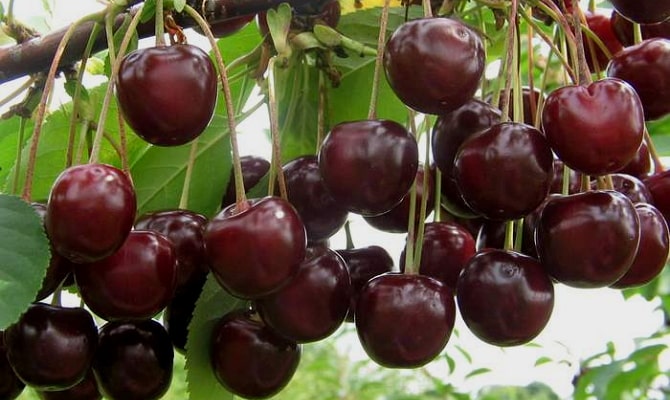
Thanks to the listed qualities, Octava has proven itself well and gained popularity among gardeners.
Planting and care rules
The most favorable time for planting seedlings is spring (late March-early April). A sunny, draft-protected place with light soil is selected for the tree. Organic fertilizers are introduced into the well prepared in advance and, two weeks later, a seedling is planted.
Note! Cherries do not like acidic soils; to neutralize, they are treated with slaked lime.
The soil around the planted tree is lightly trampled and watered abundantly with five buckets of water. In the fall, cherries need to be fed with potash and phosphorus fertilizers.
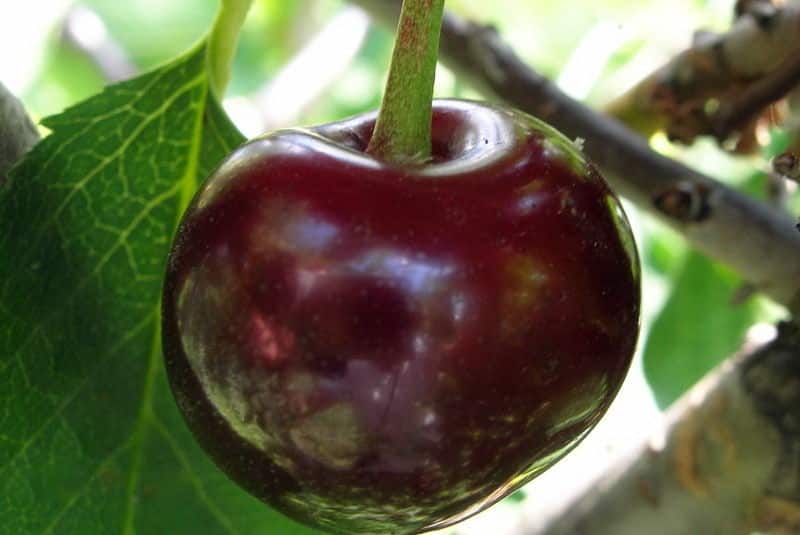
For proper care and maximum yield, you must adhere to the following recommendations:
- annually, before the start of sap flow, dry and old branches, shoots directed inside the crown are removed;
- watering should be properly regulated: abundant during flowering and fruit formation, moderate during ripening;
- monitor weeds, remove them in time;
- apply fertilizers correctly and on time.
The yield and normal development of the tree depends on the correct pruning performed in late winter or early spring, before sap flow begins. During this operation, excess branches are removed, the crown is thinned and rejuvenated.
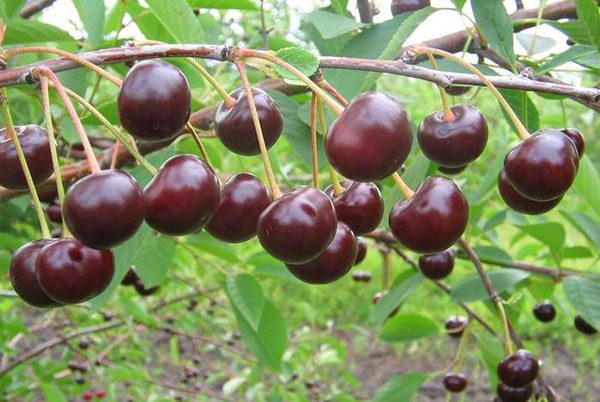
Advantages and disadvantages of the variety
The specified cherry has the following advantages:
- productivity;
- excellent taste of berries;
- frost resistance;
- the ability to maintain the quality of berries during transportation;
- universal use of fruits.
No shortcomings were found in Octave.
Diseases and pests
Cherry is not susceptible to almost any disease due to its strong immunity. But to protect against pests, the tree must be sprayed with a special solution every spring, and the trunks must be treated with lime. Octave is suitable for growing in warm and temperate climates in southern and central Russia. Due to its high yield, disease resistance and good transportability, it will satisfy the needs of any gardener.
